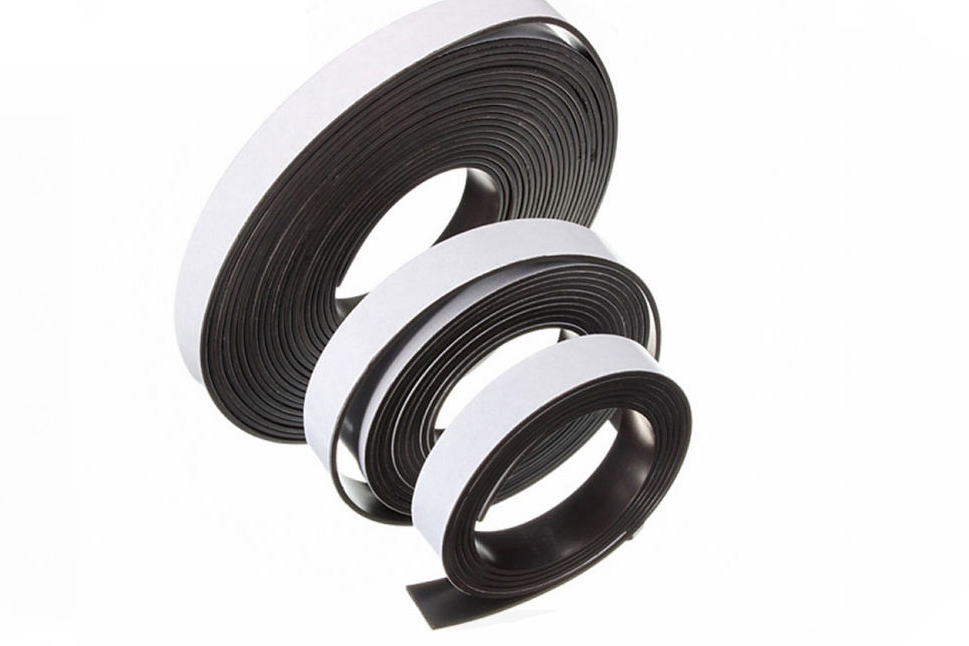Halbach Arrays: The Ingenious Magnetic Arrangement You Need to Know About
Introduction:
Magnets play a crucial role in various technological applications, from powering electric motors to enabling magnetic resonance imaging (MRI) in medical devices. Among the innovative magnetic arrangements, the Halbach array stands out as a design that maximizes magnetic strength and efficiency. In this article, we'll delve into the fascinating world of Halbach arrays, exploring their principles, applications, and the advantages they bring to diverse industries.

The Halbach array theory is a magnetic arrangement that was proposed by physicist Klaus Halbach in the 1980s. It involves a specific geometric configuration of permanent magnets to achieve a unique distribution of magnetic field strength. The key principle behind the Halbach array is to concentrate the magnetic field on one side while canceling it out on the opposite side. 
Here are the main components of the Halbach array theory:
- Geometric Arrangement: In a traditional magnet array, the magnetic moments of adjacent magnets are aligned in the same direction, resulting in a uniform magnetic field. In contrast, the Halbach array arranges magnets in a specific geometric pattern, often in a curved or circular shape. This arrangement is designed to exploit the magnetic interactions between adjacent magnets.
- Magnetic Moment Alignment: The magnets in a Halbach array have their magnetic moments oriented in a way that on one side of the array, the magnetic moments reinforce each other, leading to an intensified magnetic field. On the other side of the array, the magnetic moments are arranged to cancel each other out, resulting in a weakened or near-zero magnetic field.
- Asymmetry: The hallmark of the Halbach array is its asymmetrical magnetic field distribution. This asymmetry allows for the concentration of magnetic strength on one side of the array, making it particularly useful in applications where a strong and focused magnetic field is desired.
- Applications of the Theory: The Halbach array theory finds applications in various technological fields. It has been employed in electric motors, generators, magnetic levitation (maglev) transportation, MRI machines, and wind turbines, among others. The theory's ability to enhance magnetic field strength and control its directionality makes it valuable in optimizing the performance of magnetic systems.
- Efficiency and Compact Design: One of the primary advantages of the Halbach array theory is its ability to increase magnetic field strength while maintaining a relatively compact and lightweight design. This efficiency is particularly crucial in applications where space and weight constraints are significant considerations.
- Linear Array: The linear Halbach array is a straightforward arrangement of magnets in a straight line. This configuration is commonly used in applications where a linear magnetic field is sufficient, such as in linear motors or generators.
- Circular Array: In a circular Halbach array, magnets are arranged in a circular pattern. This configuration is ideal for applications that require a circular or radial magnetic field, such as in certain types of magnetic bearings or rotational devices.
- Cylindrical Array: The cylindrical Halbach array involves arranging magnets in a cylindrical shape. This design is suitable for applications where a three-dimensional magnetic field is needed, such as in certain types of magnetic couplings or rotary devices.
- Spherical Array: A spherical Halbach array extends the concept to three dimensions, forming a spherical shape. This type of array is less common but finds use in applications requiring a uniform magnetic field in all directions, such as in some scientific experiments or research applications.
- Planar Array: The planar Halbach array is designed in a flat, two-dimensional configuration. This type is often used in applications where a planar magnetic field is sufficient, such as in some magnetic sensors or actuators.
- Segmented Array: In a segmented Halbach array, the magnet arrangement is divided into segments, allowing for more flexibility in controlling the magnetic field strength and direction. This type is often used in applications where variable or adjustable magnetic fields are required.
- Radial Array: The radial Halbach array involves arranging magnets in a radial or spoke-like pattern. This configuration is suitable for applications that require a radial magnetic field, such as in certain types of rotary machines.
- Combination Arrays: Some applications may benefit from a combination of different Halbach array configurations. Engineers may design hybrid arrays to meet specific performance criteria by combining linear, circular, or other arrangements.
Each type of Halbach array is tailored to meet the specific needs of its intended application, whether it involves linear motion, rotational motion, or the generation of a particular magnetic field shape. The versatility of Halbach arrays makes them valuable in a wide range of industries, from transportation and energy to medical and scientific research.
Applications of Halbach Arrays:
- Electric Motors and Generators: Halbach arrays find extensive use in electric motors and generators. The concentrated magnetic field on one side enhances the motor's performance, leading to improved efficiency and power output.
- Maglev Transportation: Magnetic levitation (maglev) trains utilize the Halbach array to create a powerful magnetic field for propulsion. This technology eliminates friction between the train and the tracks, allowing for high-speed, smooth, and energy-efficient transportation.
- MRI Machines: In medical applications, Halbach arrays contribute to the development of more powerful and compact MRI machines. The enhanced magnetic field strength allows for better imaging quality and faster scan times.
- Wind Turbines: Halbach arrays are employed in the generators of some wind turbines. The increased magnetic field strength improves energy conversion efficiency, making wind power more viable.
Advantages of Halbach Arrays:
- Increased Magnetic Strength: Halbach arrays offer a significant boost in magnetic field strength compared to traditional magnet arrangements.
- Focused Magnetic Field: The ability to concentrate the magnetic field on one side is advantageous in applications where precision and directional control are essential.
- Space and Weight Efficiency: Halbach arrays allow for the creation of compact and lightweight magnetic systems, making them suitable for various space-constrained applications.
Conclusion:
The Halbach array represents a groundbreaking innovation in magnetic technology, with widespread applications across industries. From improving the efficiency of electric motors to revolutionizing magnetic levitation in transportation, the unique arrangement of magnets in Halbach arrays continues to drive advancements in various fields. As researchers and engineers explore new possibilities, the impact of Halbach arrays on technology and innovation is likely to grow, paving the way for a magnetic future.















